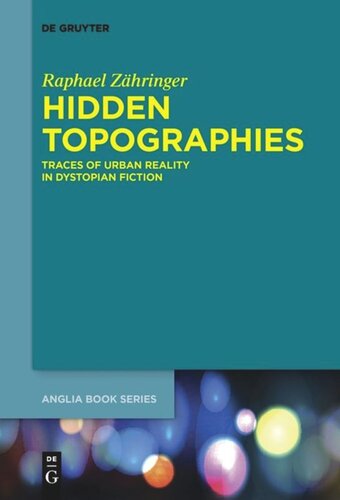

Most ebook files are in PDF format, so you can easily read them using various software such as Foxit Reader or directly on the Google Chrome browser.
Some ebook files are released by publishers in other formats such as .awz, .mobi, .epub, .fb2, etc. You may need to install specific software to read these formats on mobile/PC, such as Calibre.
Please read the tutorial at this link: https://ebookbell.com/faq
We offer FREE conversion to the popular formats you request; however, this may take some time. Therefore, right after payment, please email us, and we will try to provide the service as quickly as possible.
For some exceptional file formats or broken links (if any), please refrain from opening any disputes. Instead, email us first, and we will try to assist within a maximum of 6 hours.
EbookBell Team

4.4
72 reviewsThis book examines dystopian fiction’s recent paradigm shift towards urban dystopias. It links the dystopian tradition with the literary history of the novel, spatio-philosophical concepts against the backdrop of the spatial turn, and systems-theory. Five dystopian novels are discussed in great detail: China Miéville’s Perdido Street Station (2000) and The City & The City (2009), City of Bohane (2011) by Kevin Barry, John Berger’s Lilac and Flag (1992), and Divided Kingdom (2005) by Rupert Thomson. The book includes chapters on the literary history of the dystopian tradition, the referential interplay of maps and literature, urban spaces in literature, borders and transgressions, and on systems-theory as a tool for charting dystopian fiction. The result is a detailed overview of how dystopian fiction constantly adapts to – and reflects on – the actual world.